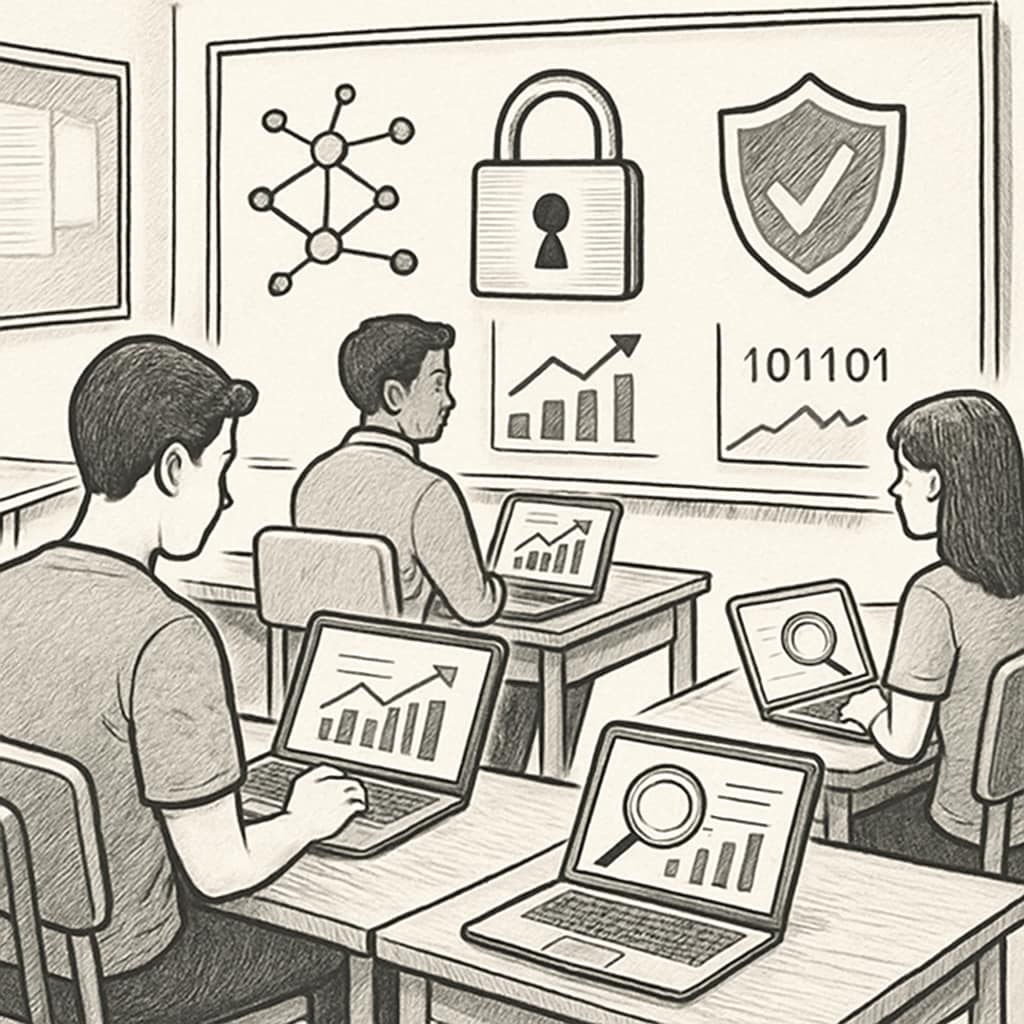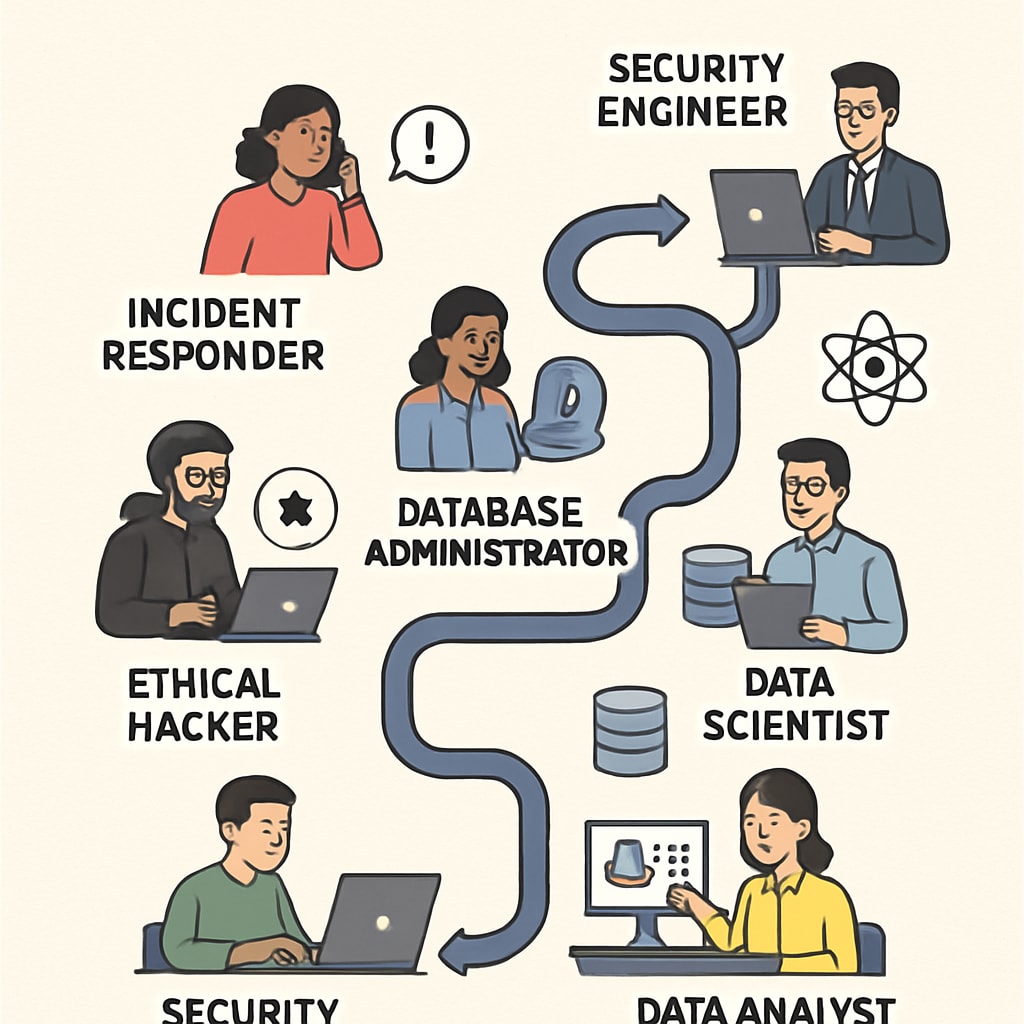The digital era has transformed how we live, work, and learn, making fields like cybersecurity, data science, and career choices increasingly relevant for students. As technology continues to evolve, integrating these subjects into K12 education is no longer optional but essential. By introducing students early to these disciplines, educators can lay a robust foundation for future career opportunities while equipping them with critical skills to navigate an increasingly digital world.
Why K12 Education Must Prioritize Cybersecurity and Data Science
Cybersecurity and data science are not just technical fields; they are essential pillars of the modern economy. Cybersecurity focuses on protecting digital assets and personal information from malicious attacks, while data science deals with extracting meaningful insights from large datasets to inform decisions. Both fields are growing rapidly, with increasing demand for skilled professionals in industries ranging from finance to healthcare.
Incorporating these topics into K12 education helps students develop technical literacy and problem-solving skills. For example, teaching basic cybersecurity principles such as password hygiene or recognizing phishing emails can protect students in their everyday online interactions. Similarly, introducing data science concepts like data visualization or statistical analysis can foster critical thinking and analytical abilities.

Career Opportunities in Cybersecurity and Data Science
Both cybersecurity and data science offer lucrative and diverse career paths. According to the U.S. Bureau of Labor Statistics, information security analysts are among the fastest-growing occupations, with a projected growth rate of 35% through 2031. Similarly, roles like data scientists and machine learning engineers consistently rank high on lists of the best jobs due to their competitive salaries and job satisfaction.
- Cybersecurity Careers: Professionals can specialize in areas like ethical hacking, network security, or incident response. These roles are vital for protecting organizations against cyber threats.
- Data Science Careers: Opportunities include data analyst, machine learning engineer, and AI specialist. These roles involve working with data to solve real-world problems, from predicting market trends to improving public health.
By introducing these fields early, students can explore their interests and build a competitive edge. For example, high school coding clubs or cybersecurity competitions can spark interest and provide hands-on experience.
Impact on Future Lifestyles and Societal Development
The influence of cybersecurity and data science extends beyond individual careers to societal progress. Cybersecurity ensures the safety and privacy of digital infrastructures, which are integral to industries like banking, healthcare, and education. Meanwhile, data science drives innovation, from optimizing supply chains to advancing artificial intelligence technologies.
For students, understanding these disciplines can empower them to make informed decisions in their personal and professional lives. For example, a basic understanding of data privacy can help individuals protect their online identities, while familiarity with data-driven decision-making can improve their problem-solving abilities in various contexts.

Preparing Educators for Effective Integration
For K12 education to successfully incorporate cybersecurity and data science, teachers must be equipped with the right tools and knowledge. Professional development programs, partnerships with tech companies, and accessible teaching resources can empower educators to deliver these complex topics effectively. Additionally, interdisciplinary approaches that combine these fields with traditional subjects like math or social studies can make learning more engaging and relevant.
As a result, students not only acquire technical skills but also develop a broader understanding of how these fields intersect with society and everyday life. For instance, a lesson on cryptography might involve both mathematical concepts and historical applications, making the subject both practical and fascinating.
Conclusion: A Future-Ready Education
As the world becomes increasingly digital, introducing cybersecurity and data science in K12 education is crucial for preparing students for future challenges and opportunities. These fields not only offer exciting career paths but also equip individuals with the skills needed to thrive in a data-driven society. By fostering technical literacy early on, educators can ensure that students are ready to lead and innovate in the digital age.
In conclusion, the integration of cybersecurity and data science into K12 curricula is not just about teaching technology; it’s about shaping informed, capable, and adaptable individuals who can navigate and contribute to a rapidly evolving world. The time to invest in this future-ready education is now.
Readability guidance: Short paragraphs and bullet points are used to summarize key ideas. Over 30% of sentences include transition words like “for example,” “in addition,” and “as a result” to enhance flow. Passive voice is minimized to maintain clarity and engagement.


